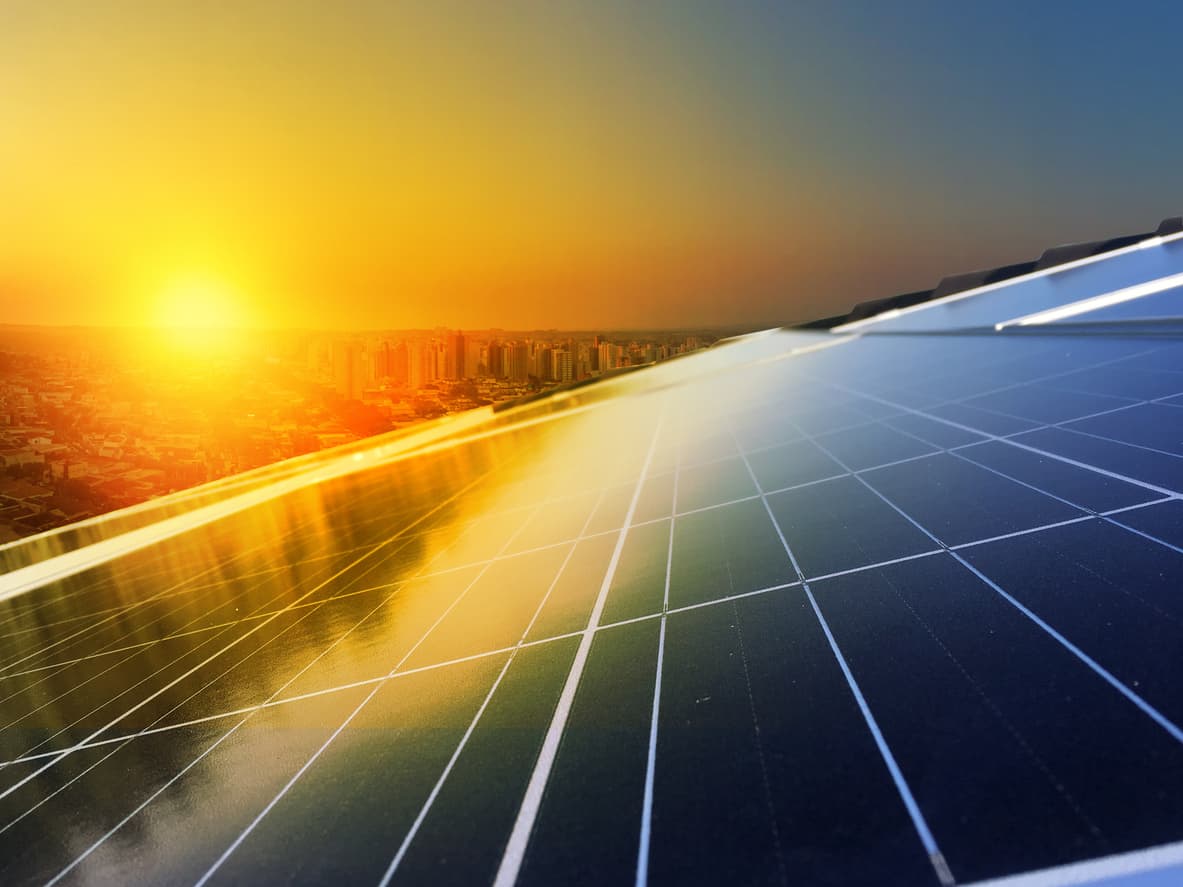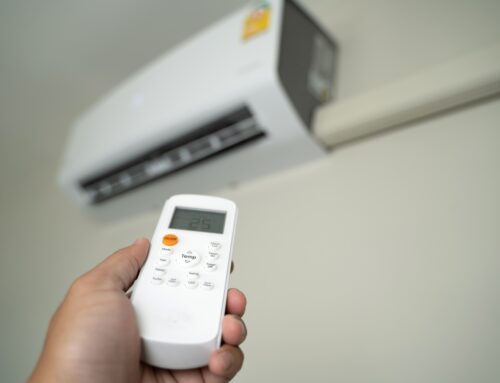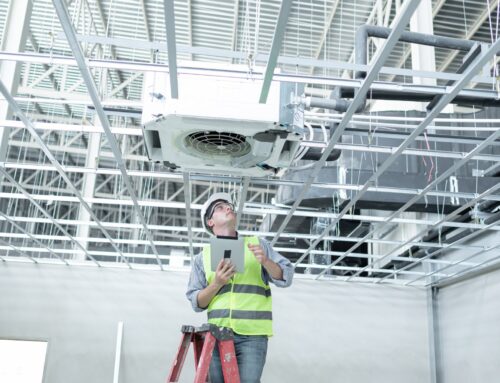Regular air conditioners get the job done, however, they can consume a lot of energy and when they are turned on for longer periods of time, especially during heat peaks each day, they have high power grid demands and can even cause numerous outages. Solar air conditioning units, on the other hand, don’t consume as much energy and are quite beneficial when it comes to the environment.
Some of the benefits include:
- Lower grid demand
- Reduced electricity costs
- Ability to be used when the power is out
- They have reduced greenhouse gas emissions
The Basics Of Solar Air Conditioning Systems
AC systems rely on closed-loop cycles for the refrigerant (aka gas) that needs to be pressurized by the compressor located in the condenser. Now, with solar air conditioning systems, an external heat source in the form of a solar panel (or flat plate collector) can be utilized to collect ambient temperature and then use that heat onto the refrigerant. This will create pressure within a closed loop of refrigerant, allowing your solar AC to work.
This type of air conditioning system is energy efficient because the more heat the solar panels (and thus the refrigerant) are exposed to, the less work is required for the compressor to drive the process of air conditioning.
There are two basic types of solar air conditioning units: Hybrids and Evaporative Coolers.
Hybrid Systems
These systems combine Photovoltaic Technology (PV) with Direct Current (DC), which means the system will automatically switch between battery power and solar depending on the situation. When in hybrid mode, the system will charge the batteries via solar panels as long the sun is shining. When the AC system is no longer in hybrid mode, it will draw the energy from the battery backup, while charging the batteries simultaneously via regular alternating current power.
Solar-Powered Evaporative Coolers
Also known as Absorption Chillers, these systems use evaporation and condensation to heat and cool the water in them. The fan and the motor in the evaporative coolers are powered by solar energy and they cool the air by blowing it over the water-saturated material.
These Solar-Powered Evaporative Coolers, or Chillers, are able to work for several hours when the power is out.
What You Need To Know Before Switching To Solar Air Conditioners
If you are seriously considering going green and moving to a solar air conditioning system by replacing your conventional AC unit, there are some things to have in mind.
Although solar-powered evaporative coolers reduce the energy consumption in your home, this system will definitely, in turn, increase the water consumption since these units need to be connected to either a water line or a water storage tank.
This makes the chillers option a bit less green in comparison with the hybrid solar-powered AC systems which are powered by the combination of battery power and solar energy from the panels.
Truth be told, switching to a solar-powered air conditioner unit is going to cost you and it won’t be cheap (at least at first), regardless of the system you choose. There are solar panels to install (unless you don’t have them already), and as for the solar-powered AC units, they typically go for thousands of dollars, whereas some medium-sized conventional air conditioning systems are even 10 times cheaper.
However, there is always the long-term plus side of going green and that is saving the planet and the environment, while you may also save a dime or two in the long run.
Before you go, let us remind you that we at Chills Air Conditioning offer quick and professional AC services across Florida. Should you need any assistance with your AC system, we are just a phone call away!






